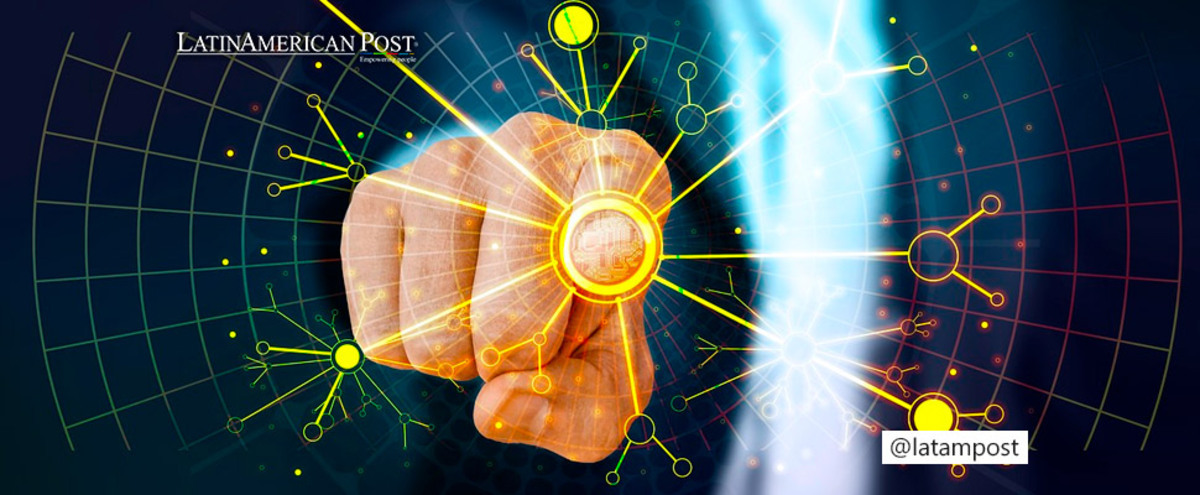Artificial Intelligence AI: The Hidden Side of Water Consumption in the Digital Age
The advancement of artificial intelligence brings with it numerous opportunities, but it also hides a high consumption of natural resources, such as water. Is it possible to reconcile technological development with sustainability?.

Photo: Pixabay
LatinAmerican Post | Jorge F. Vuelvas Lomeli
Listen to this article
Leer en español: Inteligencia artificial IA: el lado oculto del consumo de agua en la era digital
Artificial intelligence (AI) has experienced rapid growth in recent years, driving education, the economy, and innovation in various sectors. However, behind these technological advances is a high cost in terms of consumption of natural resources, such as water, which could jeopardize long-term sustainability.
A study published on arXiv by researchers from the University of Colorado Riverside and the University of Texas Arlington revealed the energy impact and water consumption associated with artificial intelligence models such as GPT-3 and GPT-4, the technology behind ChatGPT, a popular virtual assistant.
We recommend you read: Infographic: Why Protecting Animals Sequesters Carbon and Limits Global Warming?
The hidden cost of AI
To keep ChatGPT up and running for its more than 100 million monthly active users, an excessive amount of water is required, especially to cool the servers that host these models. During GPT-3 training, Microsoft, the company that funded the development of GPT, used up to 700,000 liters of water in its US data centers.
For comparison, with the same 700,000 liters of water, BMW could produce up to 370 cars and Tesla 320 units. In addition, it is estimated that each active ChatGPT session consumes the equivalent of a 500 ml bottle of water for every 20 to 50 questions asked by the user. This translates into a monthly consumption of around 50 million liters of water, which is approximately equivalent to the water of 12.5 Olympic-size swimming pools.
A call to reflection
The development of artificial intelligence offers numerous opportunities to boost education and the economy, but it is also critical to recognize the resource consumption and human cost associated with these technological advances. In a context of droughts and various environmental crises around the world, it is necessary to promote a more critical, ethical and sustainable technological development.
The AI industry, as well as governments and society in general, must work together to find solutions that allow technological progress to be reconciled with sustainability. This may include adopting more efficient water management practices, researching more sustainable cooling technologies, and promoting greater public awareness of the environmental impact of artificial intelligence.
Ultimately, the challenge is to find a balance between the opportunities offered by AI and the need to protect and preserve our natural resources for future generations. Only then can we guarantee a sustainable and prosperous future in the digital age.
Sustainability Choices: Boosting Artificial Intelligence Without Sacrificing The Environment
There are various strategies that can be implemented to boost the development of artificial intelligence without compromising sustainability. Among them are:
- Improve energy efficiency: Optimize energy use in data centers by implementing efficient cooling systems and using renewable energy.
- Research in green technologies: Promote research and development of more sustainable and ecological AI technologies, which minimize the consumption of natural resources.
- Water recycling and reuse: Implement water recycling and reuse systems in data centers to reduce freshwater consumption.
- Designing more efficient AI models: Research and develop artificial intelligence models that require fewer resources to train and run, without sacrificing capacity and performance.
Latin America: a crucial role in the sustainability of artificial intelligence
Latin America, with its wealth of natural resources and its growing interest in technology and innovation, has a crucial role in this context of sustainability and development of artificial intelligence. Some key aspects in which the region can contribute are:
- Promote regional cooperation: Establish alliances between Latin American countries to share knowledge, technologies and good practices in the field of artificial intelligence and sustainability.
- Investing in Renewable Energy: Harnessing Latin America's potential in renewable energy, such as solar and wind, to power data centers and reduce the carbon footprint of AI.
- Education and training: Promote the training of professionals and experts in artificial intelligence and sustainability, to create innovative solutions adapted to the specific needs of the region.
- Promote public awareness: Raise awareness among the population about the importance of sustainability in the development of artificial intelligence, and encourage greater citizen participation in the search for solutions to environmental problems.
Taken together, these strategies can help Latin America play an active and significant role in promoting more sustainable and balanced technological development in the field of artificial intelligence.




